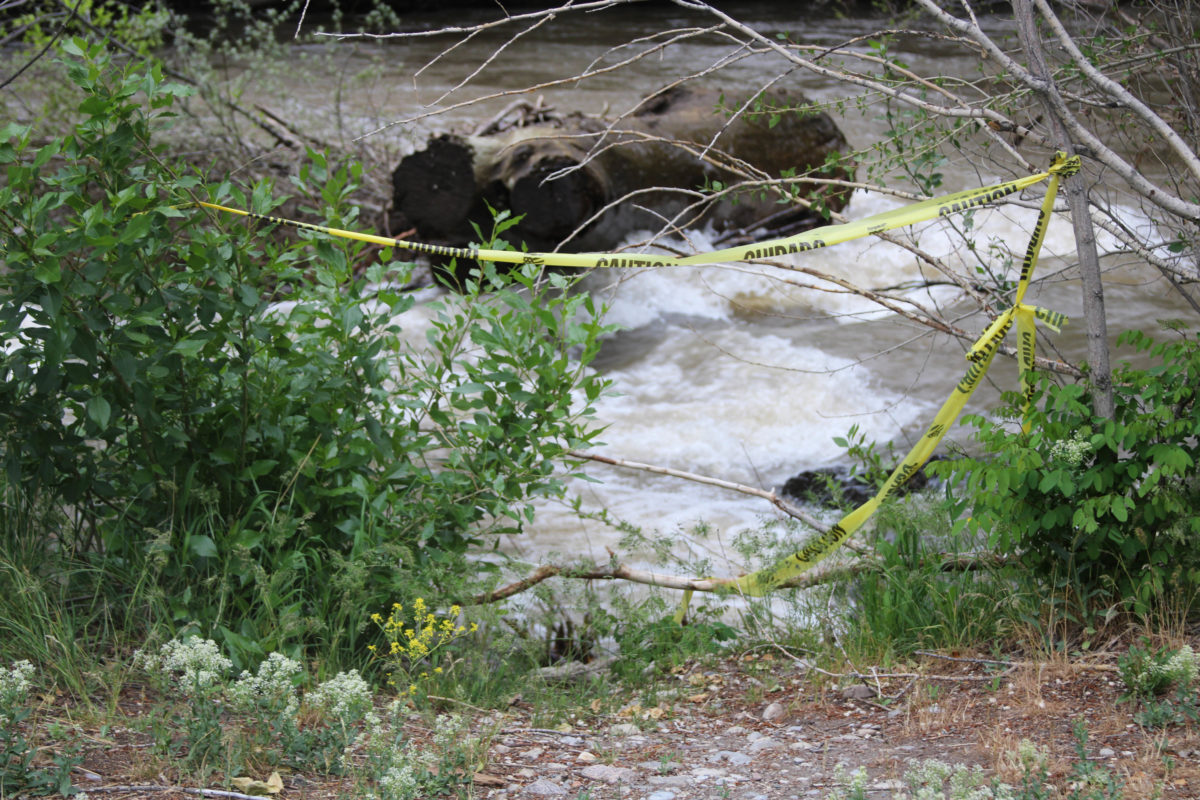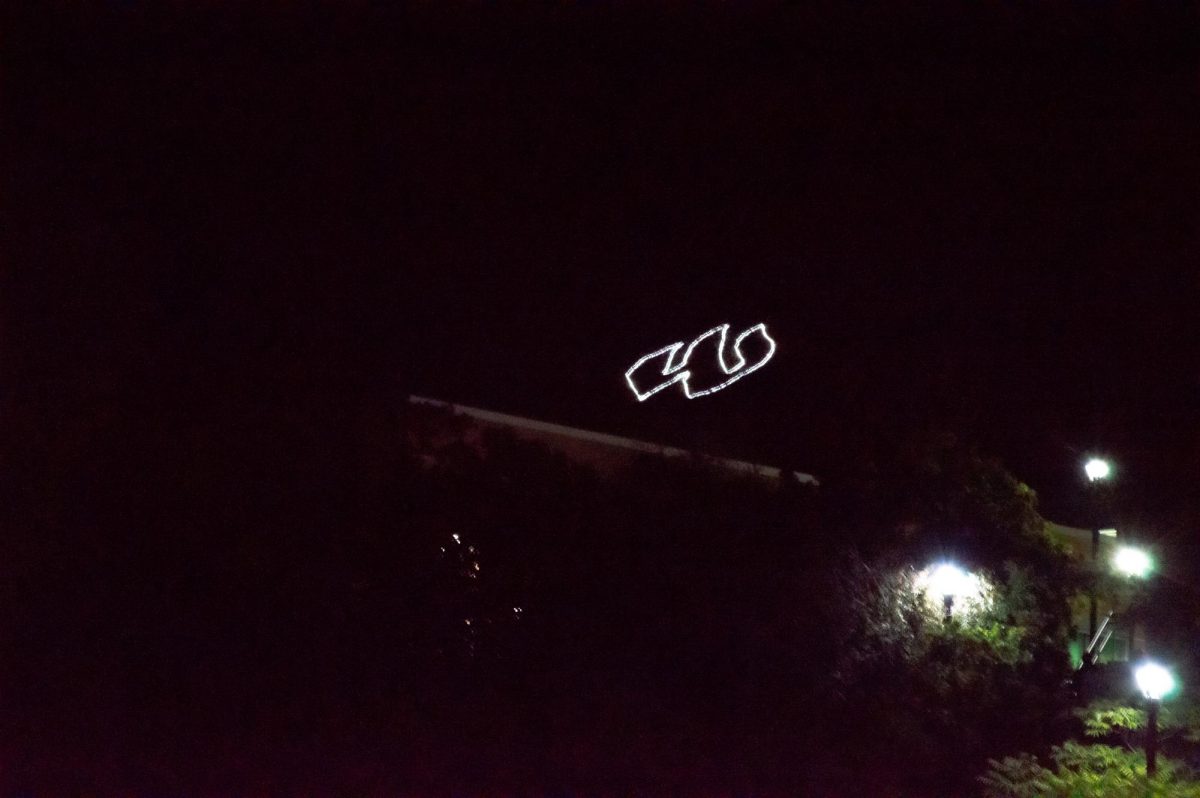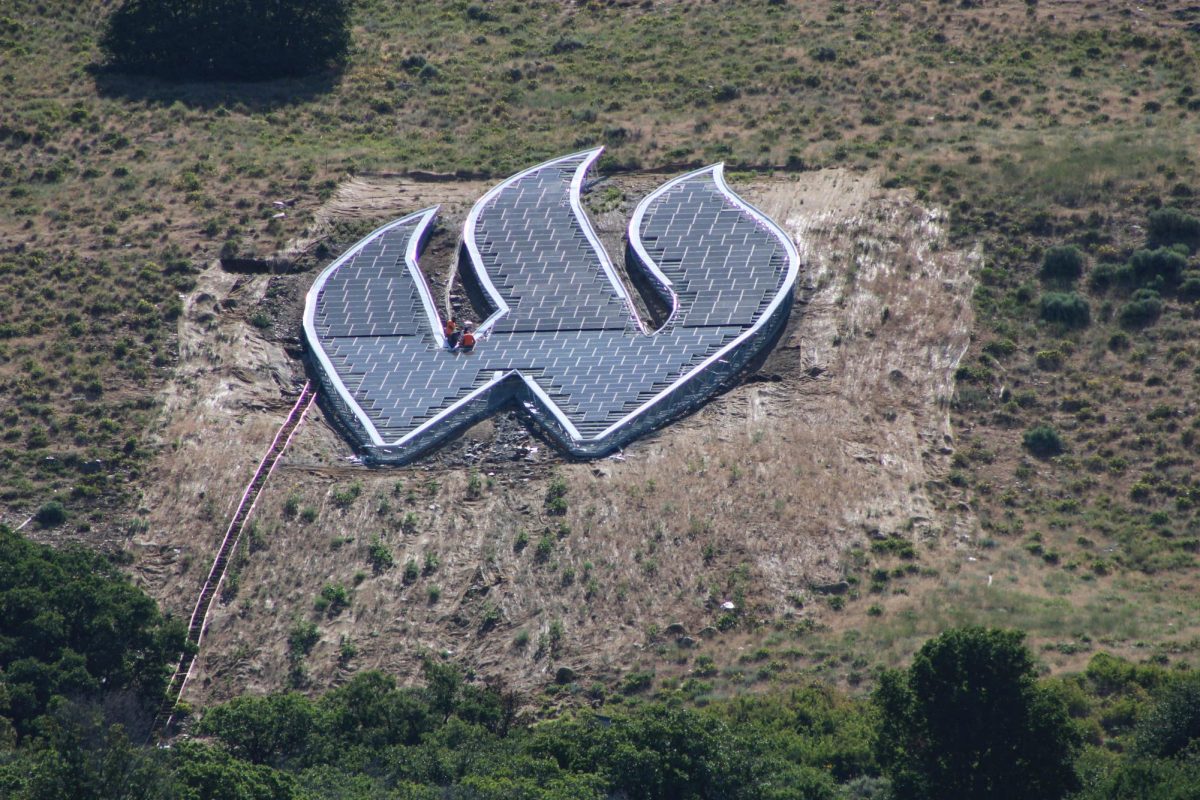This past winter was unique for Utah; record-breaking snowfall brought flooding to Salt Lake City, which hasn’t been seen in 40 years. However, this excessive snowpack hasn’t solved Utah’s drought.
Public water is drawn from multiple sources in the Wasatch Front. All of these need to be replenished to end the drought.
“From drinking sources to irrigation for farming to industrial uses, you know, every use of water is essentially coming from those reservoirs or groundwater,” Chris DeKorver, a hydrogeologist in Utah, said.
According to Marek Matyjasik, an environmental sciences professor at Weber State University specializing in groundwater, most of the water used in Northern Utah comes from underground stores known as aquifers. In the Ogden area, specifically, most water is drawn from the Delta Aquifer.
Delta Aquifer has been declining at a rate of about 1 foot per year since the 1950s. This steady decline threatens to bring the aquifer levels lower than Great Salt Lake’s.
“If this happens, we will trigger saltwater intrusion from Great Salt Lake,” Matyjasik said. “Salt water will flow into the aquifer, and then we are not able to use this water for any purposes anymore.”
This past winter filled some water stores significantly. DeKorver said the Great salt lake has risen about 6 feet since last year.
Despite the fact that the Great Salt Lake is non-consumable to the public, the health of the lake impacts the entire water cycle of northern Utah. A lower lake level causes water to travel faster from the mountains, which impacts groundwater stores.
Matyjasik and DeKorver agree that Utah will need to see several heavy winters like last year’s to solve the drought.
This past winter was completely unexpected. Last year was a La Niña year, which means weather cycles were expected to bring lower-than-average precipitation to southern California and southern Utah. While northern Utah is not as drastically affected by this weather pattern as southern Utah, precipitation is expected to be somewhat lower during these years.
However, instead of lower precipitation, Utah saw the wettest winter in recorded history. The only year that compared was 1983, which brought significant and costly flooding.
This coming winter will fall under an El Niño year, which typically brings above average precipitation to Utah. It is difficult to trust these predictions given the drastic changes in climate the planet has experienced in the past decades.
“We’re seeing a lot of different changes in when winter hits,” DeKorver said. “I don’t think it’s the natural climate, necessarily.”
With such unpredictable weather, the past 20 years of steady drought and Utah’s rapid growth in population increasing water usage, experts agree that restrictive measures on how Utah uses its water need to be put in place.
“We need to focus on our most important needs and conserve what there is,” Matyjasik said.
DeKorver said local water conservation efforts usually entail raising the price of water in individual households.
One such measure was placing water meters on homes. This tracked how much water was used and restricted the amount allotted to each household.
This worked well in Utah; Matyjasik saw his own household irrigation water usage drop 70% in two years with his water meter. These water meter restrictions have been lifted in the past year.
Matyjasik said legislators were “hoping that this huge amount of snow would be sufficient to provide the amount of water that you were deficient of before but that is just not true. It’s impossible.”















